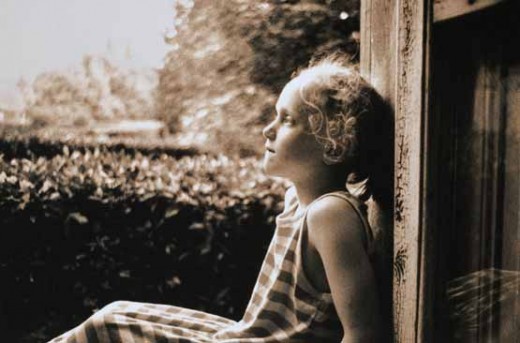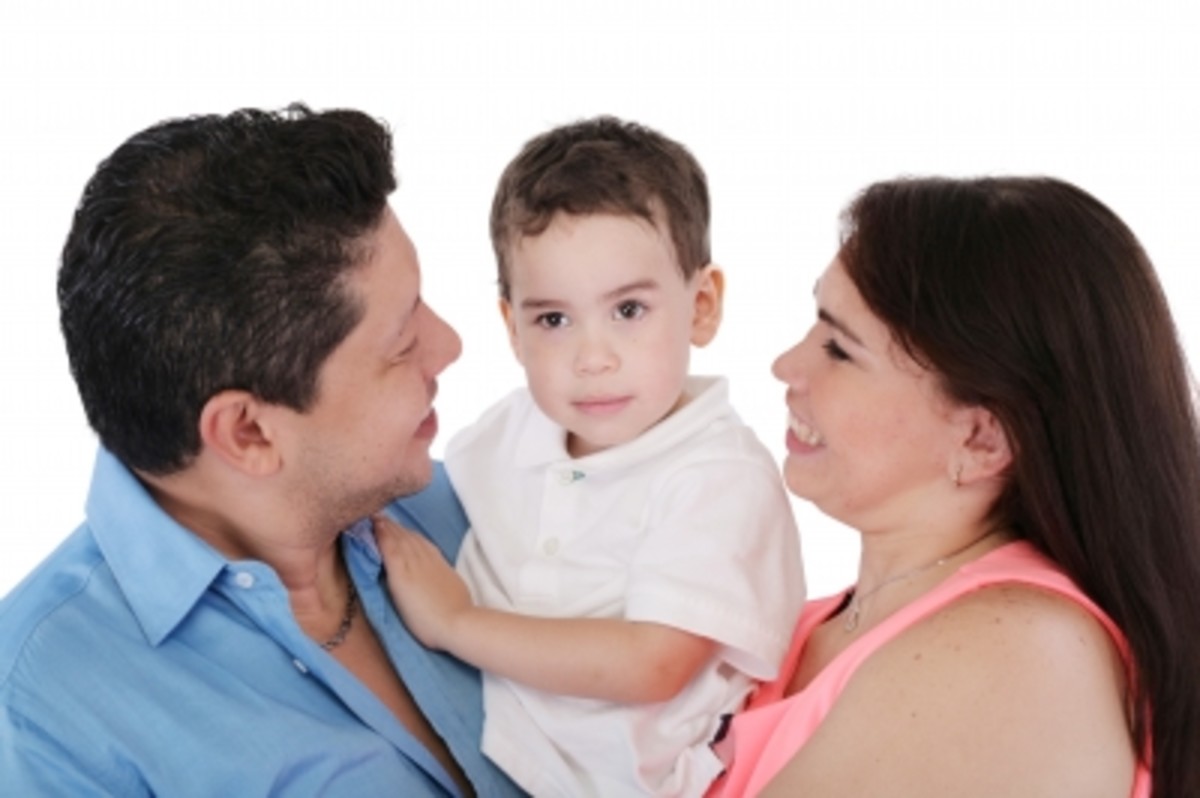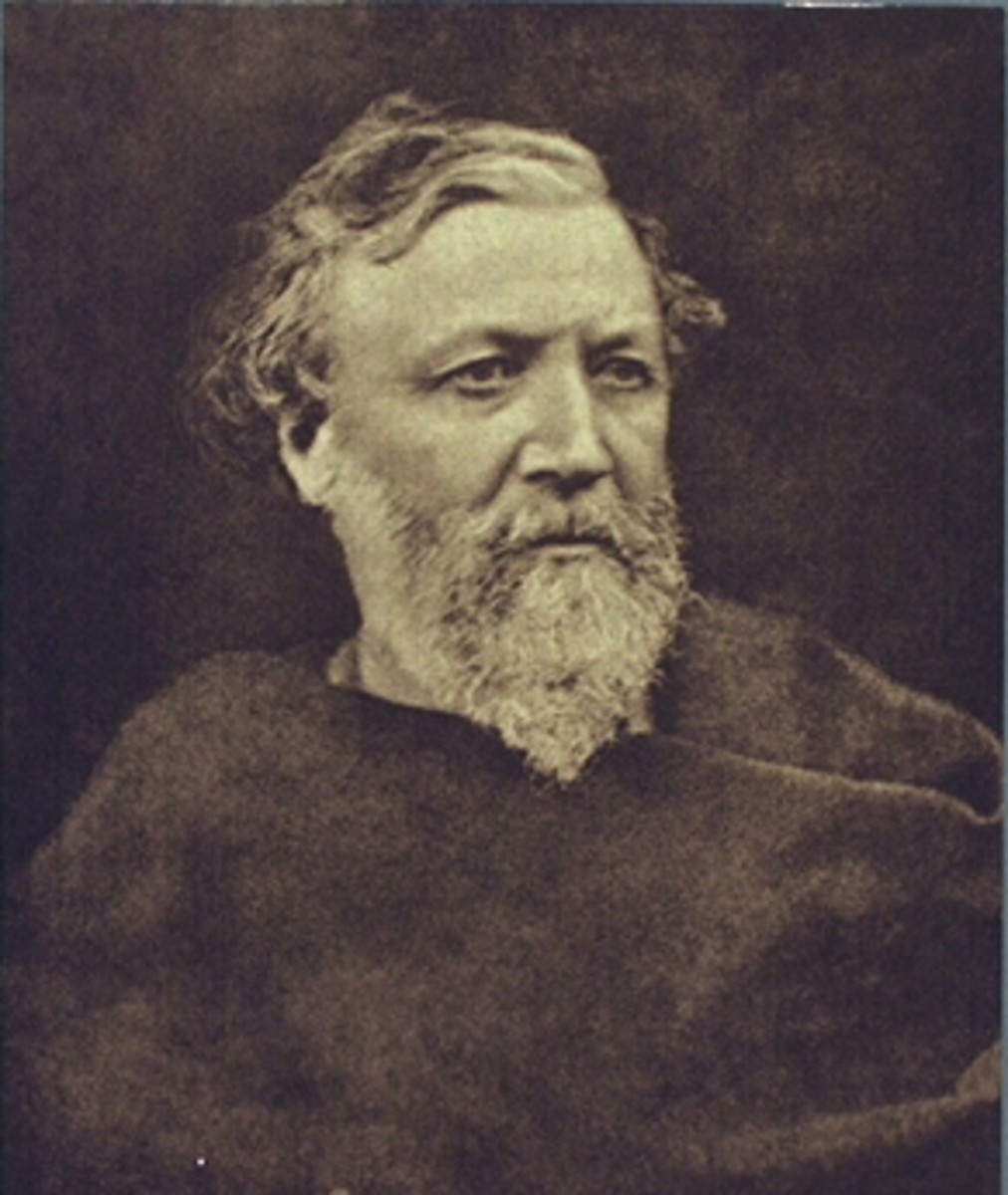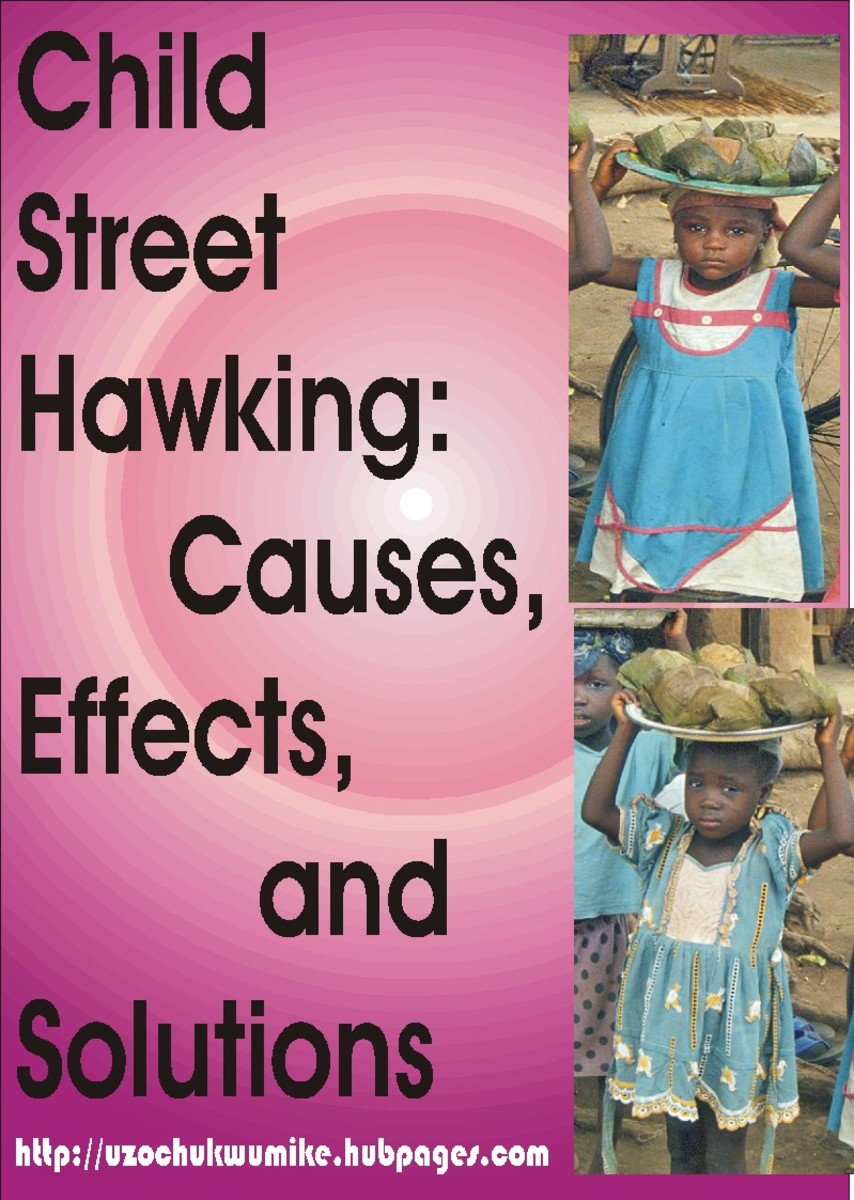Understanding the Roles Children May Play When Living with Domestic Violence
THIS SAYS IT ALL! Watch this video - Faces of Violence - featuring Ellen Bukstel's beautiful and haunting: You're Not Better Than Me
Children and family roles
In all families, members may adopt (or are assigned) certain “roles” that they unconsciously play out while interacting with others in their family. Frequently, the early role (or roles) played by a child will have lasting effects upon their adult personality and how they relate to and percieve themselves and others throughout their lives
Some examples of "typical" roles are: the “baby” of the family, the smart one, the joker, the responsible one on whom everyone relies or the “black sheep”.

Effects of violence at home on family roles
Roles that develop or are assigned in families characterized by domestic violence reflect the unique ways each person adapts and copes with the secret, confusing, and dangerous situation in which he or she lives.
Some key points about family roles:- A role may be imposed on the child or it may be assumed by the child
- Children can play more than one role.
- Children may play roles during abusive incidents (e.g., referee, rescuer, deflector/distracter caretaker of younger siblings).
- A child may use the role as a strategy to cope, so it might not be turned off overnight once the abuser is gone.
- Roles assigned by the abuser can lead to guilt, grief and other hurtful emotions, especially after he or she is gone.
Examining children's roles is important as families work together to heal because:
Understanding the roles that children (and adults) have assumed within an abusive home is helpful since many families will continue to struggle with conflict, guilt and other problems long after the identified abuser has left or been removed from the home.
- It helps us understand how a child interprets and copes with violence (so we can intervene effectively if needed).
- It helps us understand how different children in the same family can have dramatically different understandings of what happened in their homes.
- It helps us understand how a child may think and feel once the abuser is gone.
- It is a framework for understanding how tension can occur between siblings or in the parent-child relationship.
For example, children who adopt pseudo-adult roles such as the “caretaker” may have difficulty adjusting when expected to assume the role of child once again. The “abuser’s assistant” may take up the role of abuser. The “scapegoat” child’s isolation within the family may be intensified by feelings of responsibility for the violence and/or for the break-up. The “perfect child” may be impatient with and blaming towards siblings who they believe misbehaved or otherwise triggered or “caused the abuse".

Here are several examples of roles assumed by children who have been exposed to violence in their homes and families:
The Caretaker Acts as a parent to younger siblings and, often, to the abused parent as well. May oversee routines and household responsibilities (e.g., meals, putting young siblings to bed), help to keep siblings safe during a violent incident and comfort them afterwards (e.g., reassuring siblings, getting tea for parent).
The Victim's Confidant The child who is privy to the abused parent’s feelings, concerns, and plans. After witnessing abusive incidents, his or her recollections may serve as a “reality check” for the battered parent if the abuser later minimizes or lies about events.
The Abuser's Confidant The child who is treated better by the abuser and is most likely to be told their justifications for abuse against the other parent. The child may be asked to report back on the other parent's behavior and be rewarded for doing so with, for example, privileges or absence of harsh treatment.
The Abuser's Assistant The child who is co-opted or forced to assist in the abuse (e.g., made to say demeaning things to, humiliate or even strike their parent).
The Perfect Child The child who tries to prevent violence by pro-actively addressing issues that she or he misperceived as the "triggers" for the abuse. They hope to prevent or lessen the abuse by excelling in school or sports, never arguing, rebelling or misbehaving and never admitting to having any sort of problems or difficulties and, most of all, never asking for help.
The Referee The child who mediates and tries to keep the peace at any cost
The ScapegoatThe child identified (often by both parents) as the cause of the family's problems. This child is blamed for tension between the parents and the child's behavior may be used to justify the violence. This child may have special needs or be a step-child to the abuser.
- CHILDREN - THE HIDDEN VICTIMS OF DOMESTIC VIOLENCE
CHILDREN AND TEENS EXPOSED TO DOMESTIC VIOLENCE At least 3 million children in the United States live in abusive households. Children as young as 2 years old will emulate violent behaviors, and may come to...
- THE BATTERED WOMAN: Signs and Symptoms of Intimate Partner Violence
Common Types of Injuries - Bruises, scrapes, minor cuts, fractures or sprains, particularly to body torso. Injuries to the head (particularly the back where hair will cover the injury), chest, neck, breasts and...








